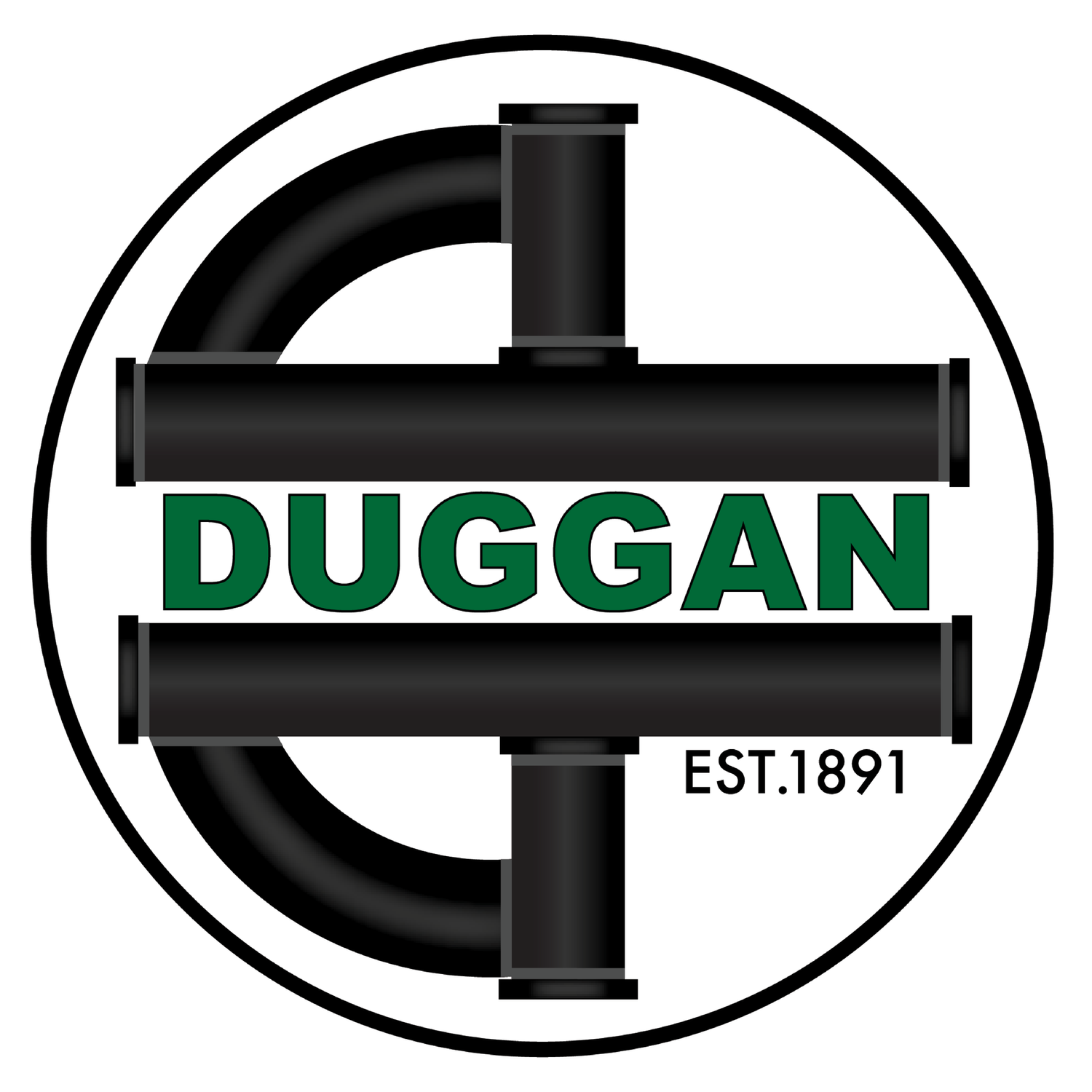Viega Voice: PRESS TECHNOLOGY SPEEDS UP MASSIVE PROJECT
Fire watch. It’s a term contractors are very familiar with, but not necessarily one they love. It means more people to hire, and that means more time and money spent on a project.
And when that project is a new 53-story building slated to take nearly four years to complete, saving time and money is extremely attractive.
“We are always required to have fire watches when we have an open flame and torch with soldering, so then we have to schedule watch guys and all of that,” said Steve Thompson, General Foreman for EM Duggan in Boston, Massachusetts. “ProPress helps eliminate that. And with MegaPress, we can eliminate the fire watches needed for welding, so both products are a time saver for us.”
EM Duggan’s crew is deep into a mixed-use project in downtown Boston. They began working on Winthrop Center in 2020, with a slated finish date of September 2023. No doubt there is a lot of work to be done in the next couple of years.
The high-rise building will be mixed use, with the first floors being office space, then upper floors being high-end residential, Thompson said. The floor in between is residential amenities – a pool, spa, restaurant, fitness area and more.
And throughout the whole project, ProPress and MegaPress are there – making work easier on laborers and improving the overall speed and bottom line of the project. EM Duggan is exclusively using ProPress and MegaPress on all piping up to 4” in size.
There are quite literally miles and miles of copper tube being installed. ProPress is used on the potable water system, the hot water return and the hot/cold lines. There is also a rainwater reclamation system. The recovered water is filtered and treated to use for flushing toilets in the office spaces. There is a separate water system for that.
Water comes into the building via a 6” water main, and an express 6” riser along with a series of stations and zones help get water to useable pressure. From there, 4” copper lines all the way down to ½” carry water through the building, connected with ProPress.
Thompson estimated there are 400-500 fittings per floor in the office section of the building, and nearly 1,500 fittings per floor in the residential setting. Typical fittings include unions, tees, elbows and reducers, as well as quite a few ball valves.
MegaPress is used on the natural gas piping in the building. There is a 6” welded main that reduces down to a 4” main. MegaPress helps provide natural gas to the water heaters and mechanical equipment. Several mechanical rooms are located throughout the building to serve the different needs.
EM Duggan does extensive prefabrication work for many of their jobs, including this one. They have a large prefab building in Canton, Massachusetts, where they put together things like water rises, water mains and mechanical room piping.
“Over the years we’ve determined that if you have guys working in a temperature-controlled situation with good drawings, they can far outpace putting stuff together in the field, in the elements, having to pick up tools all the time,” Thompson said.
Using press technology has multiple benefits.
“The speed between a solder joint and a 4-inch press joint … it’s probably not even an eighth of the time (to press),” he said. “And the speed between welding and pressing is like an eighth or a 16th of the time!
“But I kind of have a love/hate relationship with it now – they know we can get work done faster, so projects are shaving off time and expecting more done in less time. It’s really quickened the pace of construction now, so that aspect gets to be difficult.”
But speed isn’t the only advantage. The contractor and customer also appreciated the quality control process that came with Viega products.
A SOLDERED, THREADED OR WELDED JOINT DOES NOT PROVIDE THE LEVEL OF CONSISTENT QUALITY OF PRESS FITTINGS,… THE INSTALLATION IS CERTAINLY QUICKER, BUT QUALITY CONTROL ON A PROJECT OF THIS MAGNITUDE IS PARAMOUNT.
Kevin Walsh,
Executive Vice President for EM Duggan
Getting product can also be a challenge, particularly in the current climate of jammed supply chains and extended wait times. Thompson said the project manager lets their local supply houses know a rough estimate of what they’ll need for a job, and then they’ll purchase something like 300 each of the most common fittings so there are always a couple of boxes on site, replenished as they go. In a project with thousands upon thousands of fittings, preplanning is a must.
The Winthrop Center build is a phased turnover, so construction is worked on in sections. It’s also unique, Thompson said, because it’s an “up/down construction build.” There are four levels of the building underground, but it comes about in a special way. Construction started with a slurry and foundation wall in the ground and the ground floor was poured, and glory holes are used to dig out the floor below. Then another upper floor is poured, then another underground floor dug out, ping-ponging back and forth until all four of the basement floors are complete.
“This way you don’t need a massive open excavation in the middle of downtown Boston, where the building next door is eight feet away!” Thompson said. “To dig a foundation four stories below ground is a lot, so they do it this way.”

